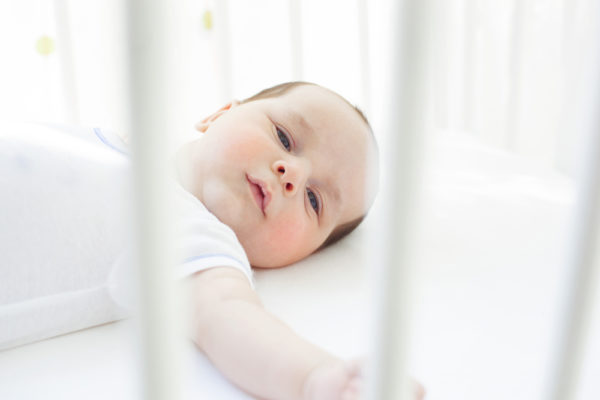In an effort to reduce the risk of sleep–related infant deaths, The American Academy of Pediatrics recently updated their safe sleep recommendations for the first time since 2011. Approximately 3,500 infants under the age of 1 die of SIDS or accidental suffocation or strangulation every year in the US, and the number has stagnated in recent years. Although the cause of SIDS in unknown, research suggests that babies between 1 and 4 months of age, premature babies and babies with low birth weight are most vulnerable. That risk can be minimized for all babies under 1 year of age by following the latest recommendations. The goal of the updated policy is to help parents make the best choices for their family and spare them the heartbreak of such a tragic loss.
Many of the updated AAP recommendations reaffirm previous policies that are familiar to most parents, like placing babies on their backs to sleep and using a firm sleep surface without soft or loose bedding or toys. What’s notable, however, are new, updated recommendations on room sharing (which is now recommended for at least the first six months and ideally up to one year) and recognition that many parents, either intentionally or unintentionally, do co-sleep with their babies. The AAP addresses this reality by suggesting that it is less hazardous to fall asleep with your baby in an adult bed than on the couch or a chair, and that if you do fall asleep with your baby it’s important to place them back in their crib or bassinet once you wake up.
Here is a list of all 19 recommendations. You can go the AAP website to read the full report. Some recommendations may be easier to follow than others, but as always, informed choice is key!
Sweet Dreams!
Alison Bevan – Sleepytime Coach
Pediatric Sleep Consultant – The Center For Advanced Pediatrics


























